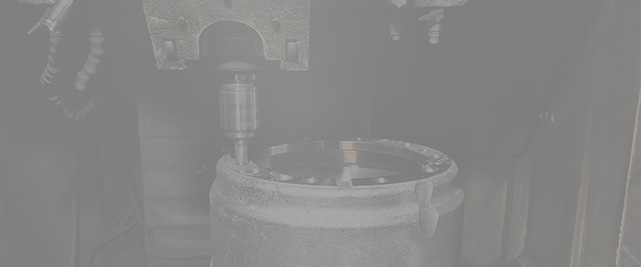Dec . 04, 2024 18:48 Back to list
Effective Methods to Remove a Stuck Brake Drum from Your Vehicle
How to Get a Stuck Brake Drum Off A Comprehensive Guide
Removing a stuck brake drum can be a daunting task for DIY mechanics, but with the right knowledge and tools, it can be accomplished relatively easily. Brake drums can become seized due to rust, corrosion, or debris buildup, and if left unattended, they can lead to significant brake problems. In this guide, we will explore effective methods to help you safely remove a stuck brake drum.
1. Gather the Necessary Tools
Before you begin, make sure you have the required tools at hand. You will need
- A jack and jack stands - A lug wrench - Brake drum puller - A hammer or mallet - Penetrating oil (like WD-40) - Safety goggles and gloves
2. Prepare Your Vehicle
Start by ensuring your vehicle is parked on a flat, stable surface. Next, engage the parking brake and place wheel chocks behind the rear wheels for additional safety. Use the lug wrench to loosen the lug nuts on the wheel covering the brake drum. Do not remove them entirely at this stage.
3. Lift the Vehicle
Using the jack, lift the vehicle to a height that allows you to work comfortably beneath it. Once raised, secure it with jack stands to ensure stability. Remove the lug nuts completely and take off the wheel to expose the brake drum.
4. Inspect the Brake Drum
Take a moment to inspect the brake drum for visible signs of rust or corrosion. Sometimes, the surface of the drum makes contact with the brake shoes, which can cause seizing. Look for any foreign debris or damage that could be contributing to the issue.
If the drum appears stuck, apply penetrating oil around the edges where the drum meets the axle housing. Allow the oil to soak in for several minutes. This can help loosen the rust or debris that may be causing the drum to stick.
how to get a stuck brake drum off

6. Use a Brake Drum Puller
If the drum still does not budge, it’s time to use a brake drum puller. A brake drum puller is a specialized tool designed to grip the drum and apply even force to detach it from the shoes and axle. Follow the instructions provided with your puller and ensure it is securely fastened before applying pressure.
7. Use a Hammer or Mallet
In some cases, you may be able to gently tap the drum with a hammer or mallet while applying pressure with the puller. Be cautious with the force you use — excessive force can damage the brake drum or other components. Aim for a gentle but firm tap to help it break free.
8. Rock the Drum
Another technique is to gently rock the drum back and forth. If it is coming loose, you might hear a slight pop as it breaks free. However, be careful not to use too much force, as this could cause damage to the brake shoes or other components.
9. Check for Damage
Once you have successfully removed the drum, inspect it and the brake shoes for any signs of damage or excessive wear. If the brake shoes are worn down, they may need to be replaced. Clean any rust or debris off the drum before reinstallation to ensure proper function.
10. Reassemble and Test
After completing any necessary repairs or replacements, reassemble the components in reverse order. Install the brake drum, wheel, and lug nuts. Lower your vehicle, remove the jack stands, and finally, lower the jack. Before hitting the road, pump the brakes a few times to ensure they are functioning correctly.
Conclusion
Removing a stuck brake drum doesn't have to be a stressful experience. By following these steps, you can safely and effectively resolve the issue. Always remember to prioritize safety and take your time. If at any point you feel uncertain, don’t hesitate to seek professional assistance. Proper maintenance and regular inspections can help prevent the brake drum from sticking in the future, ensuring your vehicle remains safe and reliable.
-
Explore Japan: Ultimate Travel Guide & Authentic Experiences
NewsAug.19,2025
-
Your Brake Drum Man: Premium & Reliable Brake Drums for Sale
NewsAug.18,2025
-
ROR Web Development: Build Fast, Scalable, Secure Apps
NewsAug.17,2025
-
Scania Brake Drums: OEM Quality for Optimal Safety & Durability
NewsAug.16,2025
-
R.V.I: Advanced Remote Visual Inspection for Precision
NewsAug.15,2025
-
Discover HYUNDA: Innovative Vehicles, Equipment & Solutions
NewsAug.14,2025
